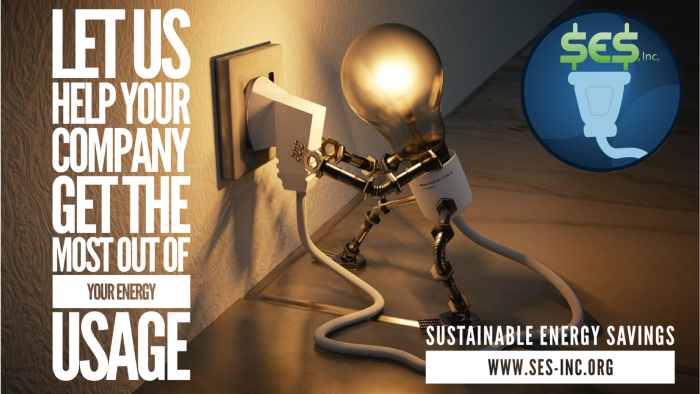In a 2011 blog Article, Take Credit for Your Business, we discussed how the R&D Tax credit provided potential sources of cash for manufacturers of all sizes that have incurred expenses in pursuit of new or improved process (e.g. Additive Manufacturing), products (e.g. new product engineering, or applications of AM throughout the product development lifecycle), performance, reliability, or quality. However, until 2016 the reality was that many small and mid-size companies and their tax advisors felt it was simply not viable to pursue this tax credit. The reasons included the complexity of the documentation, the cost of hiring experts to do documentation, and general confusion over what expenses qualified and which did not. In many other cases, the tax credits generated could not be used because of limitations created by current tax rules. So it’s not surprising that the majority of companies that have historically taken advantage of this benefit were big businesses. visit here milfster.org
We are pleased to report, that this situation has changed due to some late legislation that was passed in December 2015: the Protecting Americans from Tax Hikes (PATH) Act of 2015. That legislation, in addition to making the tax credit permanent for the first time in the credit’s 35-year history, significantly enhanced how small and mid-sized manufacturers (SMMs) can benefit from the research tax credits they can generate, utilizing the following significant provisions:
- Eligible SMM’s may now claim the credit against the Alternative Minimum Tax (AMT) to offset AMT for tax years beginning after December 31, 2015.
- Some start-up companies may offset payroll taxes with the credit: beginning in tax years beginning after December 31, 2015, certain start-up companies will be allowed to utilize the research credit to offset the employer’s payroll tax (i.e., FICA) liabilities.
How are these significant changes? In years past, a large number of eligible SMM’s (especially S Corporations and other flow-through entities) did not pursue the R&D Tax Credit because the AMT prevented them from using the R&D Tax Credits that they could generate. In addition, young companies typically don’t have a need for tax credits because their expenditures are higher than their sales, thus creating operating losses. Both of these new changes will allow a higher number of companies to immediately monetize the credits they can generate!
According to Scott Schmidt of Black Line Group, the definition of R&D under the law remains much broader than most people realize. For example, time and materials spent prototyping using AM technologies and equipment, costs to experiment with different designs and materials, the design/engineering of new parts and components, and periodically activities related to software development, can all potentially generate R&D Tax Credits.
Manufacturers of all kinds, including those that design and develop their own products, as well as contract manufacturers and job shops, can all take advantage of the R&D Tax Credit. Both the customer and vendor (job shop/contract manufacturer) of an R&D part can take the credit, since the customer will have qualified expenditures around the “PRODUCT” development/improvement activities of the part or component, while the vendor will have qualified expenditures associated with developing the “PROCESS” for making the part.
Schmidt encourages potential and first time users of the R&D tax credit to get ahead of the game and immediately start documenting their “qualified costs” in preparation to start pursuing the R&D Tax Credit in 2016. He notes that companies that make parts for their larger customers in particular (e.g. metal stampers and fabricators, precision machinists, mold builders and plastic injection molders, tool and die makers) should seriously begin to evaluate whether they are eligible for the credit.
Note: the information contained in this article should not be interpreted as advice or as an endorsement of any product or service, and cannot be used by the reader for promoting, marketing, or recommending any matter or actions addressed in this article to other parties. Mr. Devereaux is not a tax expert and anyone who wishes to pursue this credit should consult a tax accountant for advice.






